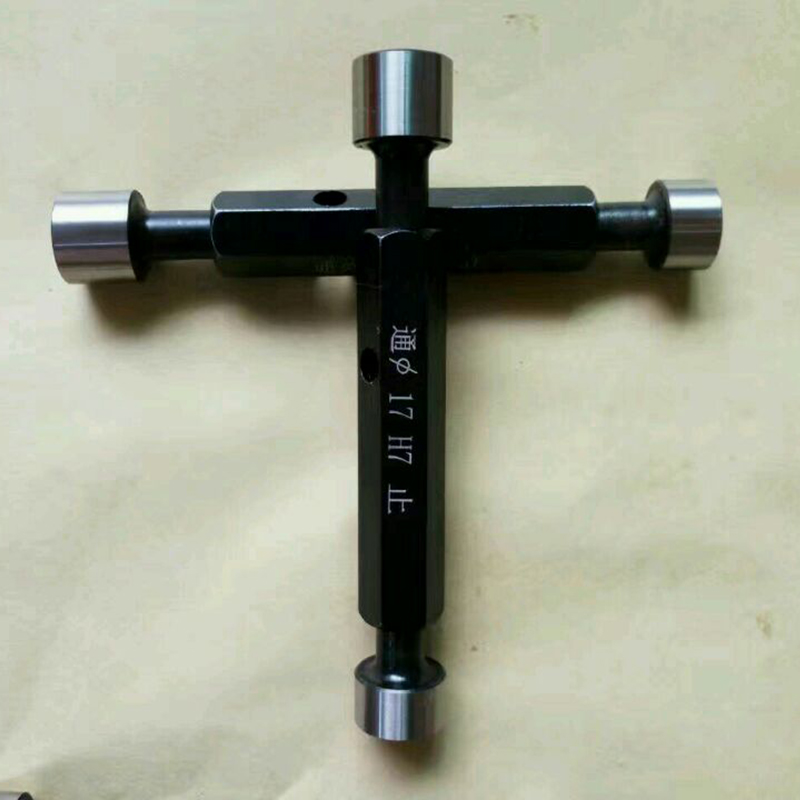okt . 04, 2024 11:27 Back to list
gate valve globe valve
Understanding Gate Valves and Globe Valves Key Differences and Applications
When it comes to controlling fluid flow within pipelines and various industrial applications, gate valves and globe valves are two of the most commonly utilized types of valves. Though they may seem similar at first glance, each type serves distinct purposes and operates best under specific conditions. Understanding the advantages and limitations of each can help in making informed decisions for plumbing, heating, and industrial applications.
Gate Valves Opening and Closing Flow
Gate valves are designed to be either fully open or fully closed, much like a gate. They feature a wedge-shaped gate that moves vertically within the valve body, allowing or blocking flow. The primary function of a gate valve is to provide unobstructed flow when fully open. This characteristic makes them ideal for applications where minimal resistance to flow is desired, such as in oil and gas pipelines or water supply systems.
One of the significant advantages of gate valves is their ability to handle high-pressure and high-temperature applications without significant turbulence. They are typically used in applications where precise throttling is not required, as their operation can cause wear on the sealing surfaces over time. Additionally, gate valves can be easily operated manually or via actuators, making them suitable for large industrial systems.
However, it is essential to note that gate valves do not perform well for throttling purposes. When partially open, they can cause turbulence and lead to increased wear, ultimately leading to valve failure. Therefore, they should only be used in fully open or fully closed positions.
gate valve globe valve

Globe Valves Regulation and Control
In contrast to gate valves, globe valves are designed for throttling and flow regulation. They feature a spherical body with an internal baffle that creates a direct path for the fluid to flow through, allowing for precise control. This design enables globe valves to be effective in applications requiring variable flow rates, such as heating systems, cooling systems, and process control in chemical plants.
Globe valves are favored for their superior flow regulation capabilities. They can control flow rates more effectively than gate valves, making them suitable for applications where adjusting flow is crucial. Their design enables them to exhibit less pressure drop when partially open, which is particularly beneficial in systems where consistent pressure is necessary. Moreover, globe valves are typically more straightforward to maintain and repair due to their easily replaceable components.
However, the primary drawback of globe valves is the pressure drop they create during operation. This can result in energy loss and reduced efficiency in systems where minimal resistance is preferred. Additionally, they tend to occupy more space compared to gate valves, which may be a consideration in tight installations.
Conclusion
In summary, gate valves and globe valves each have their unique benefits and limitations, making them suitable for different applications. Gate valves excel in providing unobstructed flow for on-off control, while globe valves are better for precise flow regulation. Understanding these differences is crucial for engineers, designers, and contractors when selecting the appropriate valve type for their specific applications, ensuring optimal performance, safety, and efficiency in fluid control systems.
-
Why Metric Trapezoidal Thread is Ideal for Precision Motion ControlNewsAug.05,2025
-
The Unique Properties of a Block of Granite for Industrial UseNewsAug.05,2025
-
The Role of Flanged Y Strainers in Preventing Pipeline ClogsNewsAug.05,2025
-
The Importance of Regular Calibration for Master Ring GagesNewsAug.05,2025
-
How a Cast Iron Surface Table Enhances Accuracy in ManufacturingNewsAug.05,2025
-
Comparing Different Check Valve Types for Optimal Flow ControlNewsAug.05,2025
Related PRODUCTS









